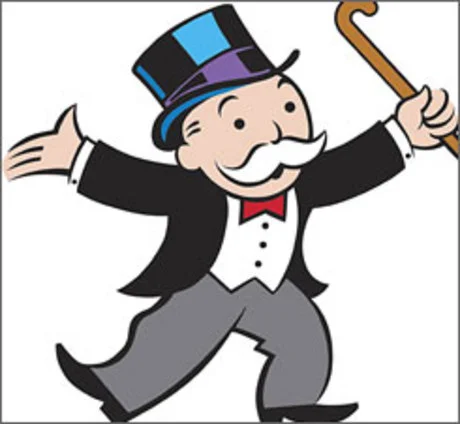Hnefatafl and Thud!
Ages ago I wrote about the evolution of chess both in the West and in the East, and in those articles I mentioned how these Eastern games replaced the traditional tafl games games of Europe by about the 12th century CE. These tafl games (literally table games, in the same way we say boardgames) have been found dating from about 400 BCE onwards and they mostly originated in Scandinavia before being spread through trade and invasion across the continent. The best known today is probably Nine-Mans-Morris, but I want to tell you about one of the archetypes of the genre Hnefatafl.
Breaking up the name a bit Hnefatafl comes from the root word Hnefi which translates as fist. So literally it was the board game of the fist, which in this case refers to the central piece in the game, the king. Think, “by the might of his fist.”
It is a two player game where one person starts at the centre of the board with their King and his surrounding small cohort of bodyguards. They other player has twice as many soldiers and they are deployed around the edge like this:
Play begins with black and on each turn they can move any of their pieces horizontally or vertically any number of spaces just like a rook. However capture by just moving onto the same space as another piece is not a thing in this game so they can only bump up against other pieces. All of the squares which are marked with a cross are impassable (the 4 corners plus the centre). To capture you must surround a piece from the other team either with 4 of your pieces or by using a wall or impassable space to cover the other sides. Surround white's King so that he can't get out at all then black wins.
On the other side white has two types of piece. Their soldiers move just like black's, but there are only half as many. But the object of the game is to move the central piece, the king, towards any of the corners of the board. It too moves like a rook and it is up to the rest of the white pieces to clear the way. Once it moves off the central square it may not return.
This game is inherinently biased towards white, but one suggestion is to have players swap colours and play a second game. If the king escapes in both then the one that does so fastest wins. I spent a lot of my teacher training year playing this game and it is really rather fun. Seeing the ever enclosing loop of black pieces be irritated by the occasional white piece which managed to get outside of the enclosure seems to be the heart of the game.
The game Thud! Is from the fictional series Discworld. It is based on the Tafl games which can be seen by both its appearance and its name in dwarven "Hnaflbaflwhiflsnifltafl". Here's the set up:
The battle of Koom Valley is represented with a battle of Dwarves (on the edge) against Trolls (centre). Both sides have the same basic move and a more complicated move. Each attempt to capture as many pieces as possible with the remaining pieces on your side once no more captures are possible indicating your score. Dwarves are worth one, while Trolls are worth four.
The each Dwarf can either move as a queen does in chess (but it can't take any pieces), or if dwarves have lined up with n of them in a row, then the front Dwarf may be hurled forward any number of spaces from 1 to n in a way that lands on, and captures, a troll. Notice that one Dwarf by itself forms a line of length 1, so it may capture a Troll in an adjacent space.
The Trolls may more forward one place at a time in any direction like a king in chess. When they do they may capture a single Dwarf which is in any of the eight spaces adjacent to where you ended your move. Or they may be shoved in a manner similar, but slightly more powerfully than the Dwarves. If n Trolls are in a row then the front may be shoved up to n spaces forward (as long as it results in the capture of at least one Dwarf) and they may capture all of the Dwarves around their final destination. The central space is called the Thudstone and is unpassable.
Play usually starts with Trolls taking lots of Dwarves in early attacks until the Dwarves form large groups. I'm glad the legacy of Tafl games has been carried on through fiction.








